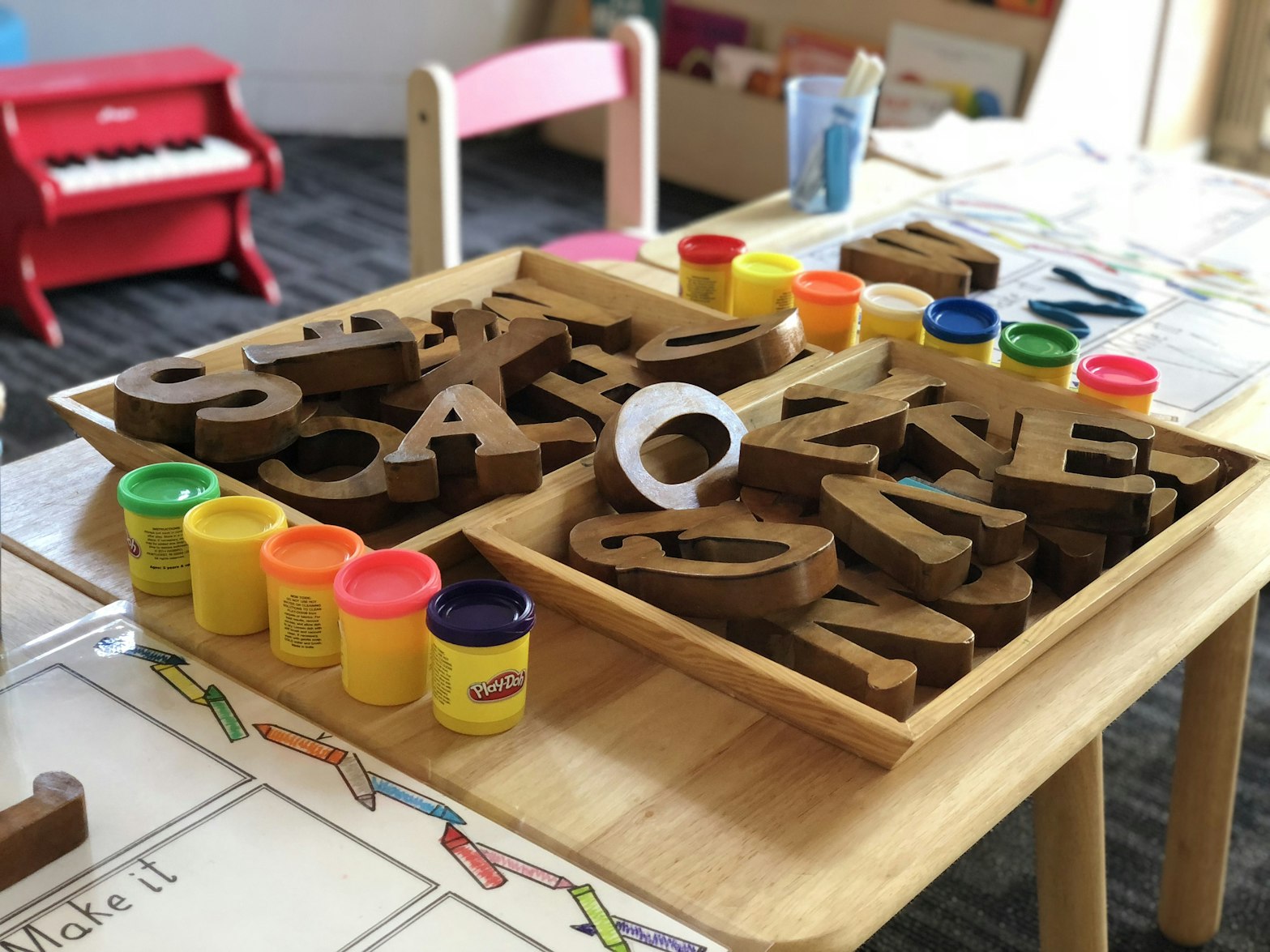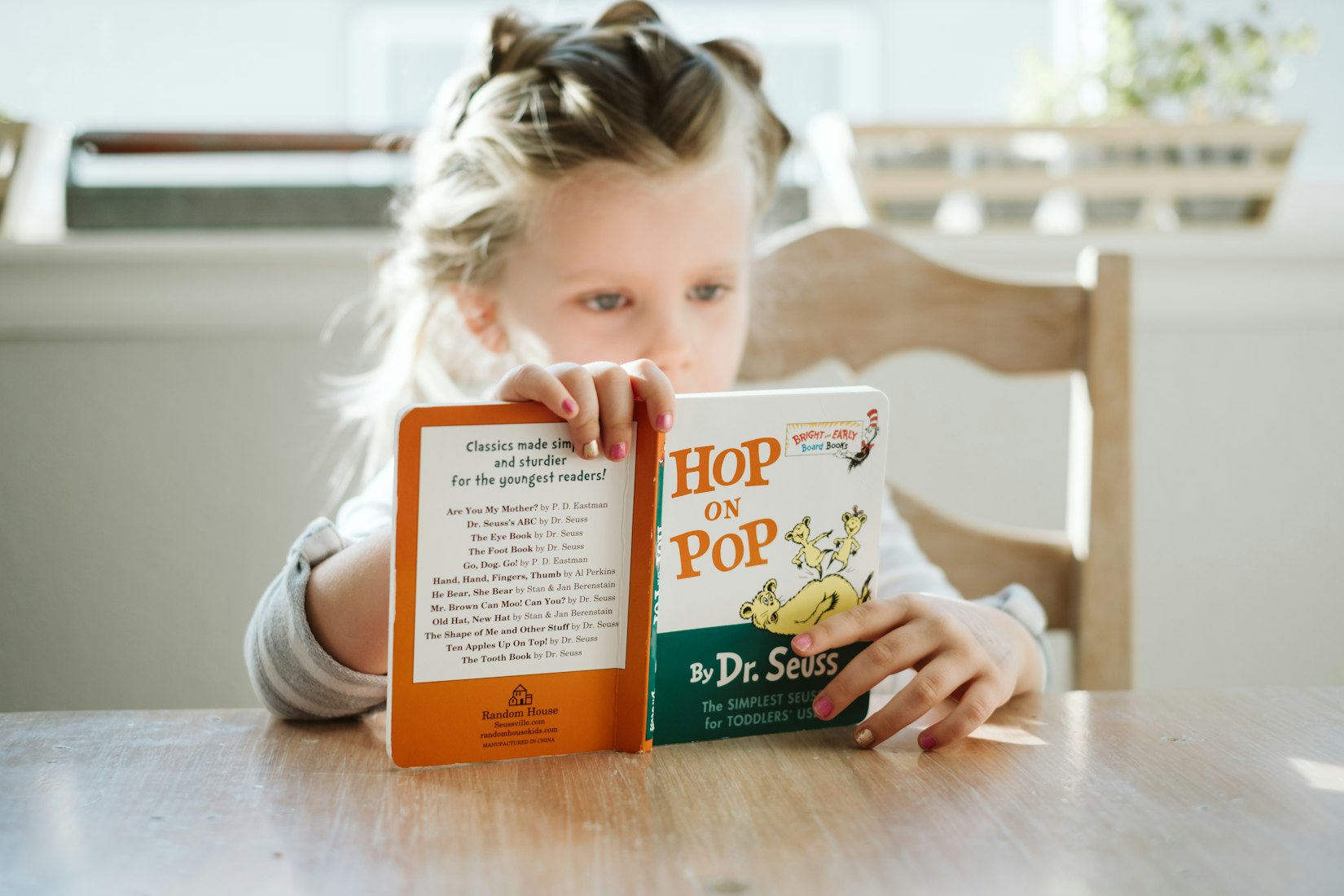We’ve all heard the phrase “kids are like sponges” and it’s a saying that couldn’t hold more truth. From the moment they’re born to age 6, children continuously absorb and process the environment around them. In fact, research shows that by age five, 90% of the brain has developed. This is a crucial time in your child’s life, and there’s no better time to give them a head start that will set them up for social, emotional, and academic success down the line. Pre-k provides this foundation for a life of learning and lays the building blocks for their education to come.
But did you know that not all preschools are the same? And we are not just talking about the faculty, facilities, and quality of school lunches. Just like elementary school and beyond, quality preschools follow a pedagogical program and curriculum. Pedagogy is how teaching is done, as compared to a curriculum, which is what is taught. Great preschools should have both. In pre-k, the curriculum should address all aspects of a child’s development, provide ample time to learn through exploration and play, and teach the basic skills needed to succeed in kindergarten.
While schools can utilize their own unique approaches, many opt to follow existing pedagogical programs. We’ve broken down some of the most popular pre-k programs including:
- Montessori
- IB
- Reggio Emilia
- Waldorf
- Highscope
- Bank Street
- Language Immersion

Montessori
Montesorri education is defined by practical application of sensory-based and self-directed learning that focuses on establishing self-discipline, independence, and self-esteem. Montessori allows students to learn at their own pace and classrooms are typically multi-age, allowing children to build a unique learning community. Children are viewed as individual learners with teachers serving as guides.
The environment and classroom materials and resources play a big role in the Montessori education. You’ll find special wood instructional materials called manipulatives, math aids, puzzles, blocks, and practical items organized on open shelves.

To be a Montessori instructor, teachers must graduate from a specialized training program. There are also two Montessori organizations that a school can be affiliated with: Association Montessori Internationale and the Amercian Montessori Society. However, a school may claim to be a Montesorri without actually being affiliated with one of the organizations.
International Baccalaureate (IB)
The International Baccalaureate curriculum serves students ages 3-19 in over 150 countries throughout the world. The Primary Years Programme (PYP) is geared towards children ages 3-12 and prepares students to become “active, caring, lifelong learners who demonstrate respect for themselves and others”. The PYP has five essential elements: knowledge, concepts, skills, attitudes, and action.
The curriculum is designed to support the students’ efforts to construct meaning from the world around them. Emphasis is placed on social and emotional development, communication, and deeper-level thinking skills. Students are encouraged to be active participants in their learning through hands-on activities and play.
In order to implement the Primary Years Programme, teacher must attend specialized training provided by the International Baccalaureate.
Reggio Emilia
In a way similar to Montessori, students take the lead in their learning with a Reggio Emilia curriculum. This student-centered learning is driven by experiences and relationships with each other. Young children are encouraged to be curious about the world around them, express themselves, communicate, think logically, and problem solve. The Reggio Emilia approach follows four main principles:
- Emergent curriculum: What is taught in the classroom stems from the interests of the children. Teachers communicate with students and parents to determine what subjects the students find to be most interesting.
- Representational development: New ideas are presented in multiple formats and mediums.
- In-depth projects: Students complete in-depth projects on subjects that they are most interested in. They learn to explore, ask questions, and represent what they learn.
- Collaboration: Teamwork and collaboration is encouraged.
Waldorf
Rather than early exposure to academic content, emphasis is placed on creative thinking and imagination in the Waldorf approach. Focus is placed on a child’s spirit and soul with instructors fostering a love for curiosity and learning. The daily structure is predictable and dependable, allowing children to gain security and familiarity in the rhythm of their days.
Daily activities include imaginative play, arts and crafts, storytelling, music, cooking and other creative learning experiences. The Waldorf approach is also noted for its exclusion of electronics and digital media.

Teachers receive special training through the Waldorf organization, and schools must be affiliated with the organization to claim the name.
Highscope
With the HighScope program, your child will follow consistent daily routines in a well-organized classroom setting. There is a heavy emphasis placed on academics and teachers encourage students to build their skills through “active participatory learning”.
HighScope is noted for its “play-do-review” format of the school day. Students participate in a play-based activity, develop a plan to reach their goals, and analyze the results at the end of the day. This curriculum has been noted to be especially beneficial for students who might need more one-on-one attention.

Bank Street
With the play-based approach of Bank Street, students learn through experience. Your child will participate in a great deal of hands on activities like dramatic play, art, blocks, and puzzles in a Bank Street school. The world is considered to be the greatest teacher of all, and lessons are typically focused on social sciences like history, geography, and anthropology.
This curriculum is designed to develop emotional, social, physical, and intellectual aspects of a child’s life. Like Montessori classrooms, Bank Street preschool classrooms have mixed ages, allowing children to work together at all stages of development.
Language Immersion
Early childhood is the most crucial time in our lives for language acquisition. Cornell University research shows that the earlier a child begins learning a new language, the more likely that they will develop fluency as well as the other cognitive advantages that come with being bilingual.
Language immersion preschools take advantage of this fact with classes that are either partly or completely conducted in another language. Learning styles, structure, and content may vary from school to school, but the goal is to provide fluency in a second language.
Conclusion
With so many options out there, it can be hard to choose. But no matter what pedagogical program and curriculum your child’s pre-k utilizes, it should address all aspects of a child’s development, provide ample time to learn through exploration and play, and teach the basic skills needed to succeed in kindergarten.

